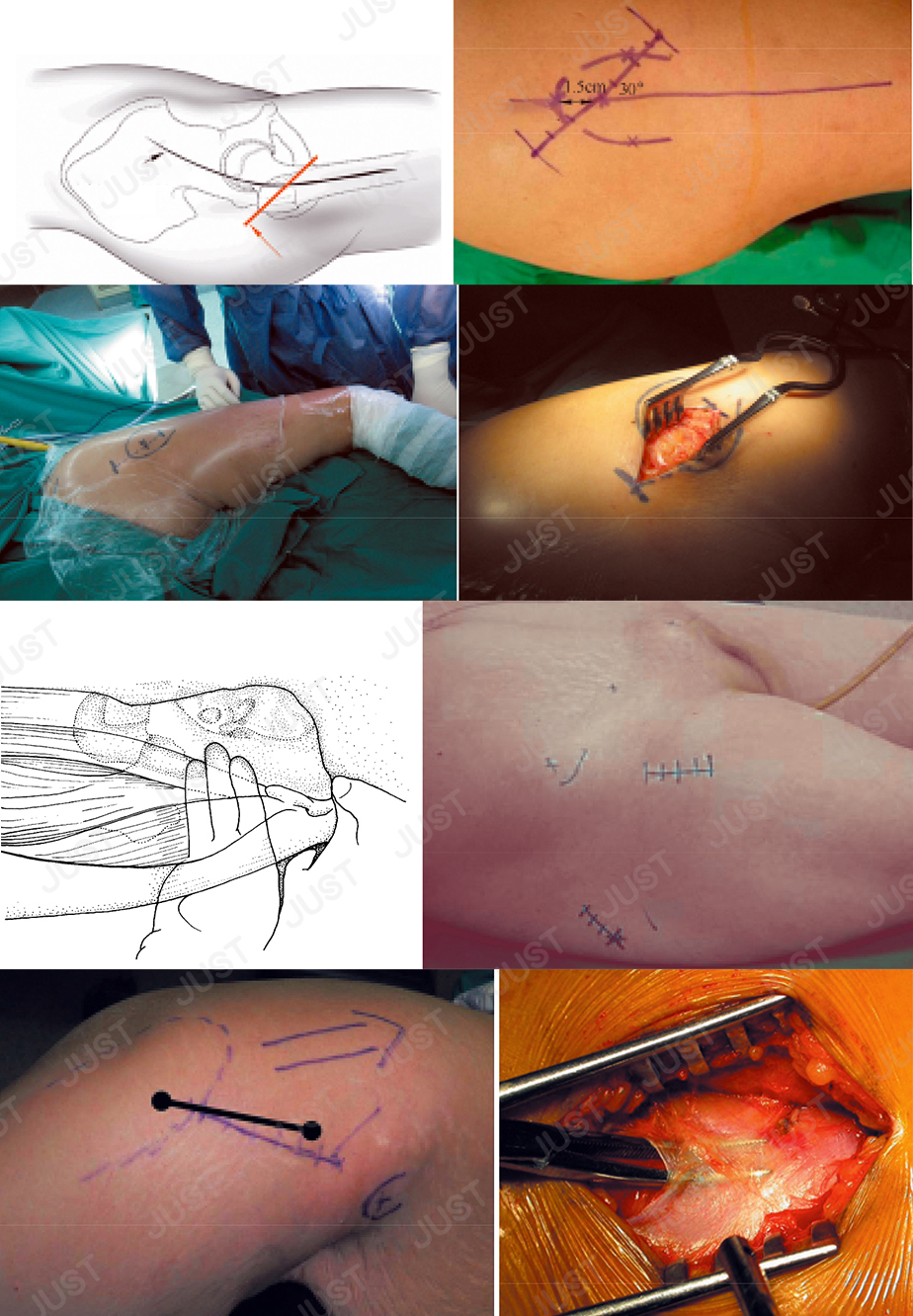Surgical approach and its advantages and disadvantages of MIS-THA
 Dec. 14, 2020
Dec. 14, 2020
Surgical approach and its advantages and disadvantages of MIS-THA
Minimally invasive hip arthroplasty (MIS-THA): the incision of hip replacement is less than 10-12cm, including anterior approach, anterolateral, double incision and posterolateral. It is characterized by partial or no cutting of muscle and tendon tissue in the completion of hip arthroplasty. Minimally invasive hip arthroplasty is a technology that can reduce the surgical trauma and promote the early recovery of patients on the basis of ensuring the quality and efficacy of joint replacement. We must not blindly pursue minimally invasive surgery and reduce the quality of surgery.
-Surgical approach
Minimally invasive hip arthroplasty (MIS-THA) has the following surgical approaches.
1. The miniaturization and accuracy of the conventional posterolateral approach still need to cut off the short external rotator muscle.
2. Through the anterolateral approach between the anterior and posterior gluteal muscles, the "L" type incision of the gluteus minimus and its inferior ganglion sac needs to be amputated.
3. The anterior joint capsule was exposed after cutting and ligating the external circumflex femoral plexus. Including Berger's double incision approach and Siguier's anterior single incision approach.
4. The anterolateral approach to the gap between the gluteus medius and tensor fascia lata, including the OCM (Orthop è dische Chirurgie m ü nchen) approach, does not need to cut the muscle.

-Advantages and disadvantages
1. Advantages
Less blood loss and muscle damage, more stable joint, better joint function recovery; less postoperative pain; shorter hospital stay, faster recovery, less physical therapy; smaller skin incision, smaller surgical scar; lower medical and nursing costs, can quickly restore the ability to work. It is worth noting that the short-term efficacy of this technique is good, but more cases and time tests are needed to evaluate its long-term efficacy.
2. Disadvantages
It is not suitable for complex and revision cases; it needs long learning curve and strict training; the unskilled and novice or without formal training may aggravate the tissue damage, and even increase the complications Incidence.













